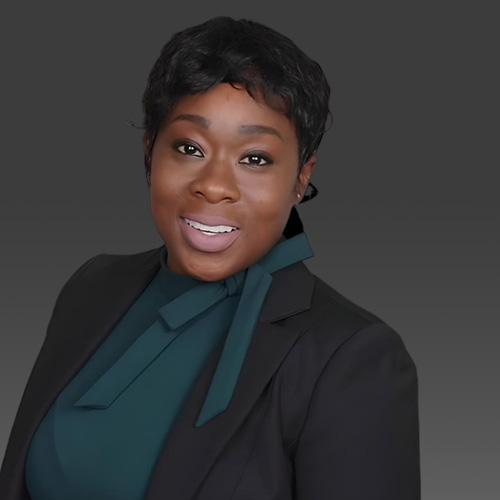Q: What is the typical format of a DMV hearing?
The typical format of a DMV hearing in California involves several key stages designed to review the circumstances leading to a driver’s license suspension or revocation. Initially, a DMV hearing is generally initiated after a driver contests a notice of suspension received following events such as DUI arrest, failure to appear in court, or accumulating too many points on their driving record.
During the hearing, both the DMV representative and the individual challenging the suspension present their cases. The DMV will typically start by providing evidence against the driver, which may include testimony from law enforcement, reports regarding the driver’s behavior or condition at the time of the incident, and any other relevant documentation. The driver is then afforded the opportunity to present their defense. This could include presenting witnesses, documents, or their own testimony to dispute the claims made by the DMV or to mitigate the consequences of the suspension.
Ultimately, the hearing officer will review all evidence and arguments presented. After consideration, they will make a determination regarding the suspension’s validity. The decision will be communicated to the driver, and if the suspension is upheld, the driver has the right to appeal the decision through appropriate legal channels. The entire process is structured to ensure that the driver is granted a fair opportunity to contest the disciplinary action taken against their driving privileges.






